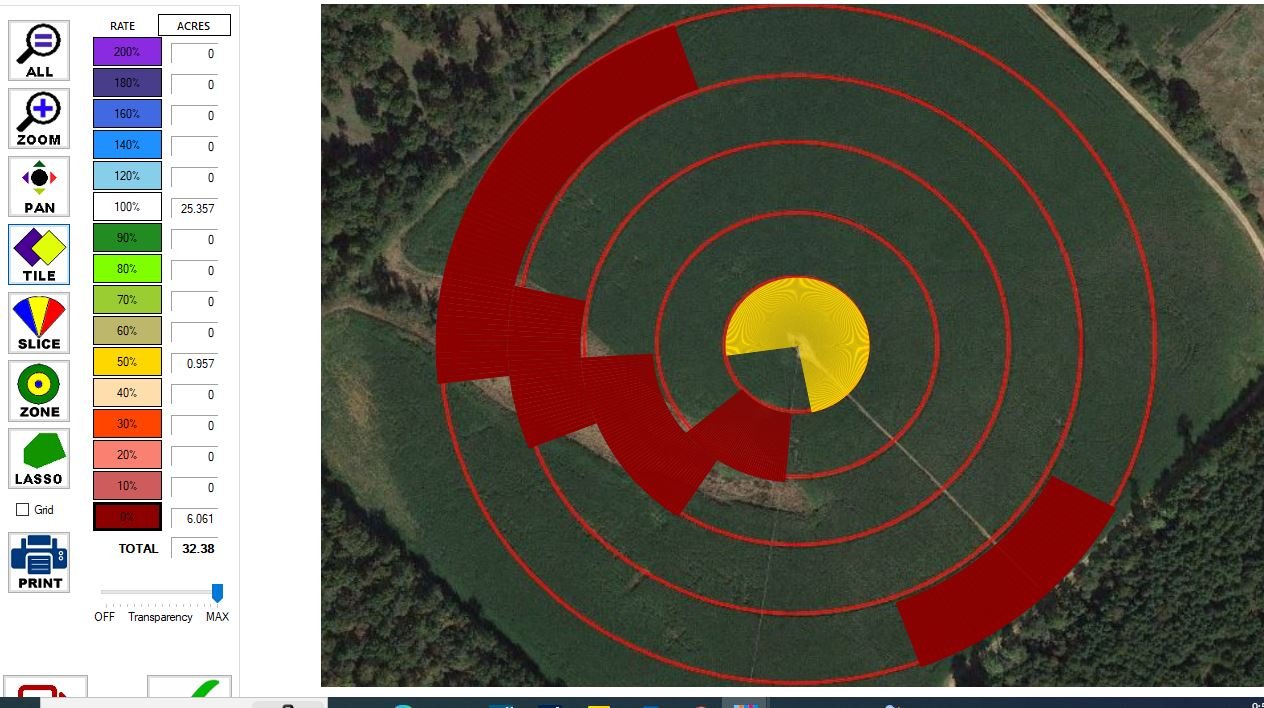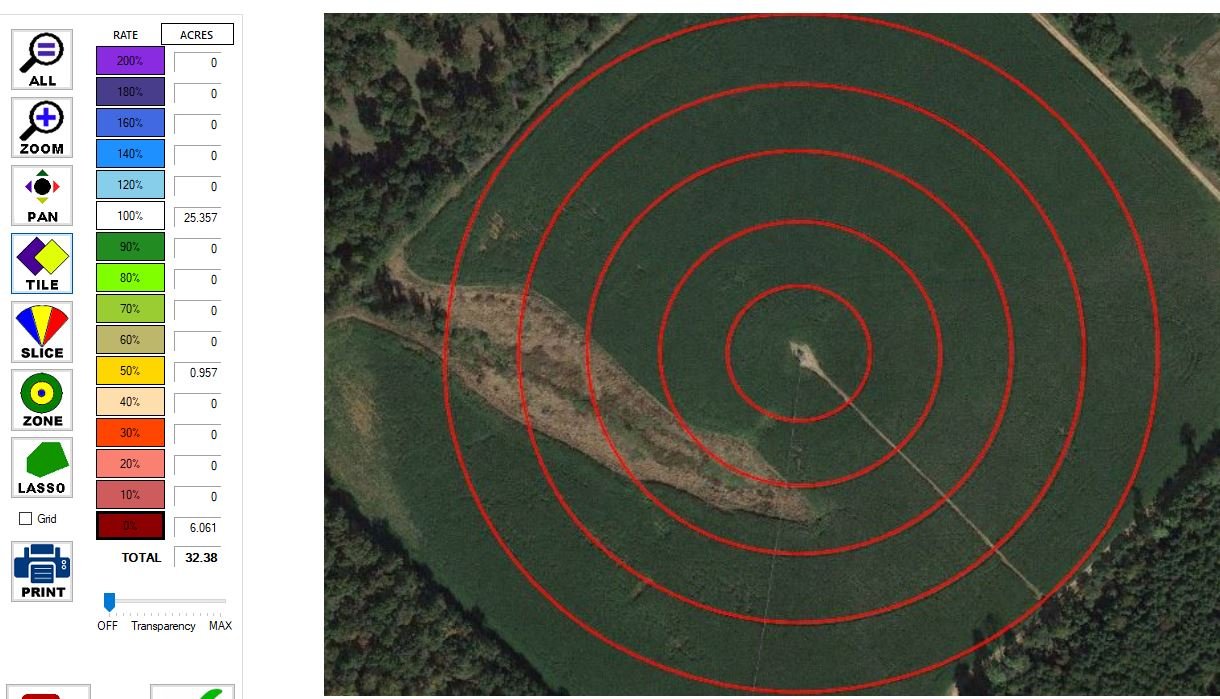From the Flint - Rick Heard with Advanced Ag Systems Talks About the Value of VRI
Flint River SWCD and Rick Heard of Advanced Ag Systems have a long history of partnering together on VRI cost share projects. Now, Rick sits down to share with us just how valuable implementing VRI can be!
The most significant value seen by implementing VRI has been the ability to not water non-crop areas or excessively wet areas. VRI has the ability to also eliminate applying fertilizer to non-crop areas.
Early on, with certain programs, the entire pivot had to be equipped with VRi which really drove costs up. The field should be carefully evaluated for the expected results of VRI. Also, if significant water from the pivot is going to be restricted, either a VFD or a pressure-regulating valve must be used. There is a significant price differential between the two devices that must be considered.
Once the field conditions are noted and the VRI zones are established, a watering map is as simple as using a plant map created during planting. The other methods include farmer knowledge, aerial imagery, and soil type maps. Crop versus non-crop maps is rather simple, however developing a map to increase water versus decrease water usage requires a lot more detail and work.


